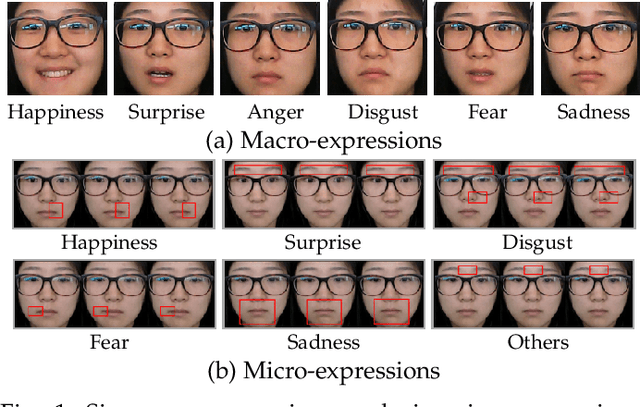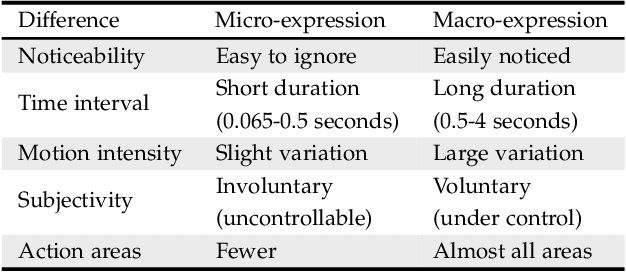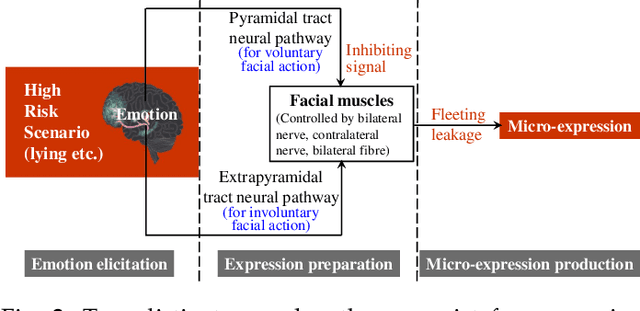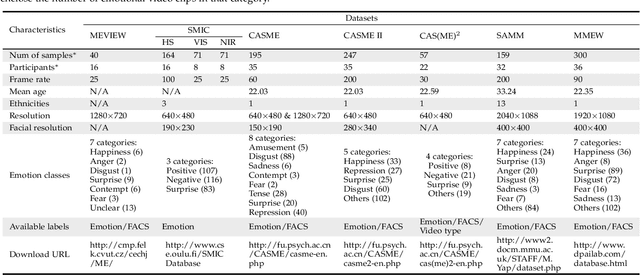Xianye Ben
Learnable Sequence Augmenter for Triplet Contrastive Learning in Sequential Recommendation
Mar 26, 2025Abstract:Most existing contrastive learning-based sequential recommendation (SR) methods rely on random operations (e.g., crop, reorder, and substitute) to generate augmented sequences. These methods often struggle to create positive sample pairs that closely resemble the representations of the raw sequences, potentially disrupting item correlations by deleting key items or introducing noisy iterac, which misguides the contrastive learning process. To address this limitation, we propose Learnable sequence Augmentor for triplet Contrastive Learning in sequential Recommendation (LACLRec). Specifically, the self-supervised learning-based augmenter can automatically delete noisy items from sequences and insert new items that better capture item transition patterns, generating a higher-quality augmented sequence. Subsequently, we randomly generate another augmented sequence and design a ranking-based triplet contrastive loss to differentiate the similarities between the raw sequence, the augmented sequence from augmenter, and the randomly augmented sequence, providing more fine-grained contrastive signals. Extensive experiments on three real-world datasets demonstrate that both the sequence augmenter and the triplet contrast contribute to improving recommendation accuracy. LACLRec significantly outperforms the baseline model CL4SRec, and demonstrates superior performance compared to several state-of-the-art sequential recommendation algorithms.
Privacy-Preserving Sequential Recommendation with Collaborative Confusion
Jan 09, 2024Abstract:Sequential recommendation has attracted a lot of attention from both academia and industry, however the privacy risks associated to gathering and transferring users' personal interaction data are often underestimated or ignored. Existing privacy-preserving studies are mainly applied to traditional collaborative filtering or matrix factorization rather than sequential recommendation. Moreover, these studies are mostly based on differential privacy or federated learning, which often leads to significant performance degradation, or has high requirements for communication. In this work, we address privacy-preserving from a different perspective. Unlike existing research, we capture collaborative signals of neighbor interaction sequences and directly inject indistinguishable items into the target sequence before the recommendation process begins, thereby increasing the perplexity of the target sequence. Even if the target interaction sequence is obtained by attackers, it is difficult to discern which ones are the actual user interaction records. To achieve this goal, we propose a CoLlaborative-cOnfusion seqUential recommenDer, namely CLOUD, which incorporates a collaborative confusion mechanism to edit the raw interaction sequences before conducting recommendation. Specifically, CLOUD first calculates the similarity between the target interaction sequence and other neighbor sequences to find similar sequences. Then, CLOUD considers the shared representation of the target sequence and similar sequences to determine the operation to be performed: keep, delete, or insert. We design a copy mechanism to make items from similar sequences have a higher probability to be inserted into the target sequence. Finally, the modified sequence is used to train the recommender and predict the next item.
Video-based Facial Micro-Expression Analysis: A Survey of Datasets, Features and Algorithms
Feb 16, 2022



Abstract:Unlike the conventional facial expressions, micro-expressions are involuntary and transient facial expressions capable of revealing the genuine emotions that people attempt to hide. Therefore, they can provide important information in a broad range of applications such as lie detection, criminal detection, etc. Since micro-expressions are transient and of low intensity, however, their detection and recognition is difficult and relies heavily on expert experiences. Due to its intrinsic particularity and complexity, video-based micro-expression analysis is attractive but challenging, and has recently become an active area of research. Although there have been numerous developments in this area, thus far there has been no comprehensive survey that provides researchers with a systematic overview of these developments with a unified evaluation. Accordingly, in this survey paper, we first highlight the key differences between macro- and micro-expressions, then use these differences to guide our research survey of video-based micro-expression analysis in a cascaded structure, encompassing the neuropsychological basis, datasets, features, spotting algorithms, recognition algorithms, applications and evaluation of state-of-the-art approaches. For each aspect, the basic techniques, advanced developments and major challenges are addressed and discussed. Furthermore, after considering the limitations of existing micro-expression datasets, we present and release a new dataset - called micro-and-macro expression warehouse (MMEW) - containing more video samples and more labeled emotion types. We then perform a unified comparison of representative methods on CAS(ME)2 for spotting, and on MMEW and SAMM for recognition, respectively. Finally, some potential future research directions are explored and outlined.
 Add to Chrome
Add to Chrome Add to Firefox
Add to Firefox Add to Edge
Add to Edge